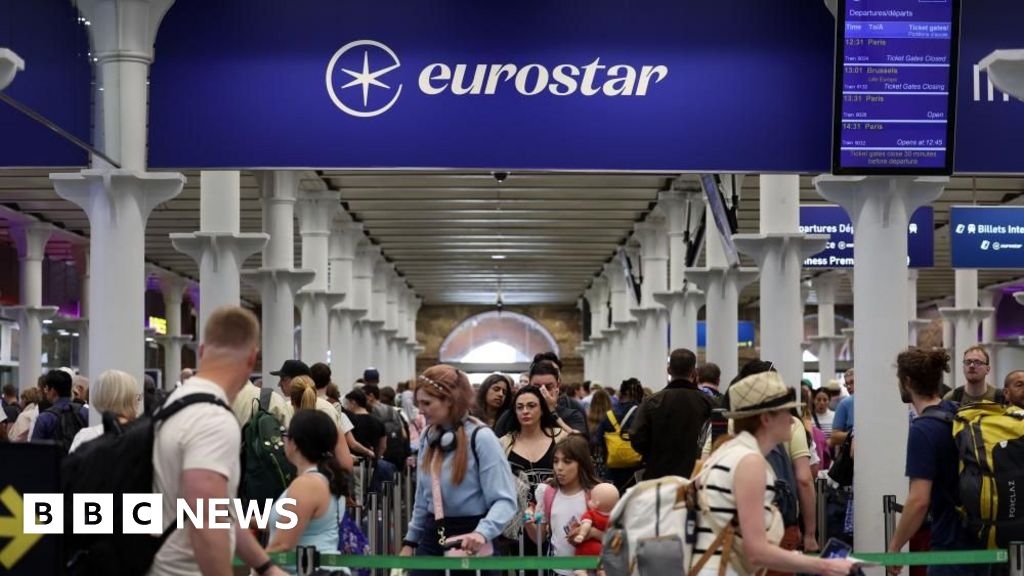Bussiness
The price of crude oil: Geopolitical pressures or federal traps? – London Business News | Londonlovesbusiness.com

Crude oil prices surged since mid-day last Friday and began this week with a significant rise, stabilising at $78.28 per barrel.
This comes after prices had dropped to their lowest levels in three months, reaching levels not seen since February 26, near $76.00.
In my view, several major news events contributed to the rise in crude oil prices. For instance, Russia’s plans to extend its borders in the Baltic Sea and new missile attacks from Russia to Ukraine could impact crude oil supplies in the markets.
Unfortunately, these news items do not align with the statements from the U.S. Federal Reserve, which is currently dismissing any hopes or possibilities of an early interest rate cut. This stance by the Fed is likely to bolster crude oil demand and drive prices up.
At the same time, the U.S. Dollar Index (DXY) is nearing the 105.00 level again after preliminary U.S. PMI figures for May indicated continued growth across all sectors. The PMI figures released last week were also on the rise, which could influence the upcoming CPI figures. This scenario would benefit the dollar index as liquidity flows back into the dollar.
Oil prices also climbed following the second consecutive miss in durable goods estimates. The significantly bearish data from previous figures gives more hope for a rate cut in September, despite the Fed’s tight stance.
Additionally, OPEC+ (OPEC members and other oil-producing countries) recently confirmed they will not hold their meeting on June 2 in Vienna but will instead participate in a virtual conference. This could imply that no major announcements or changes are expected, making it an event of little significance in my opinion.
Recently, Mexico’s oil production in April was approximately 6.4% lower than the previous year, translating to a decrease of about 1.56 million barrels per day.
The markets have completely ruled out the possibility of the Federal Reserve cutting interest rates before summer, and the chances of a cut are diminishing. This means that the support the economy might have received from a rate cut will not materialize, translating to a further slowdown in oil demand for the rest of the year, and consequently, lower prices staying at current levels at the very least.
In summary, I believe that the market’s renewed risk appetite has boosted crude oil markets after investor hopes for a Fed rate cut in September dwindled this week.
The markets are currently pricing in a slim chance of at least a quarter-point rate cut by the FOMC in September, down sharply from a 70% probability at the start of the trading week. This comes after Federal Reserve policy officials dominated financial headlines this week, continuing to dampen rate cut hopes with warnings that more evidence is needed for inflation to decrease to the 2% annual target.
From my perspective, crude oil prices are largely ignoring geopolitical events and are fully influenced by Federal Reserve decisions. U.S. crude oil production continues to impact barrel prices as American supply numbers defied expected declines, showing another buildup in U.S. crude oil supply lines.
Energy traders had hoped for an extended decline in U.S. oil inventories, but the unexpected accumulation reported by both the American Petroleum Institute (API) and the Energy Information Administration (EIA) has left markets hoping for an unforeseen drop yet to occur. It’s important to note that rising demand will eventually weaken production capacity in the U.S., keeping oil prices under pressure.









